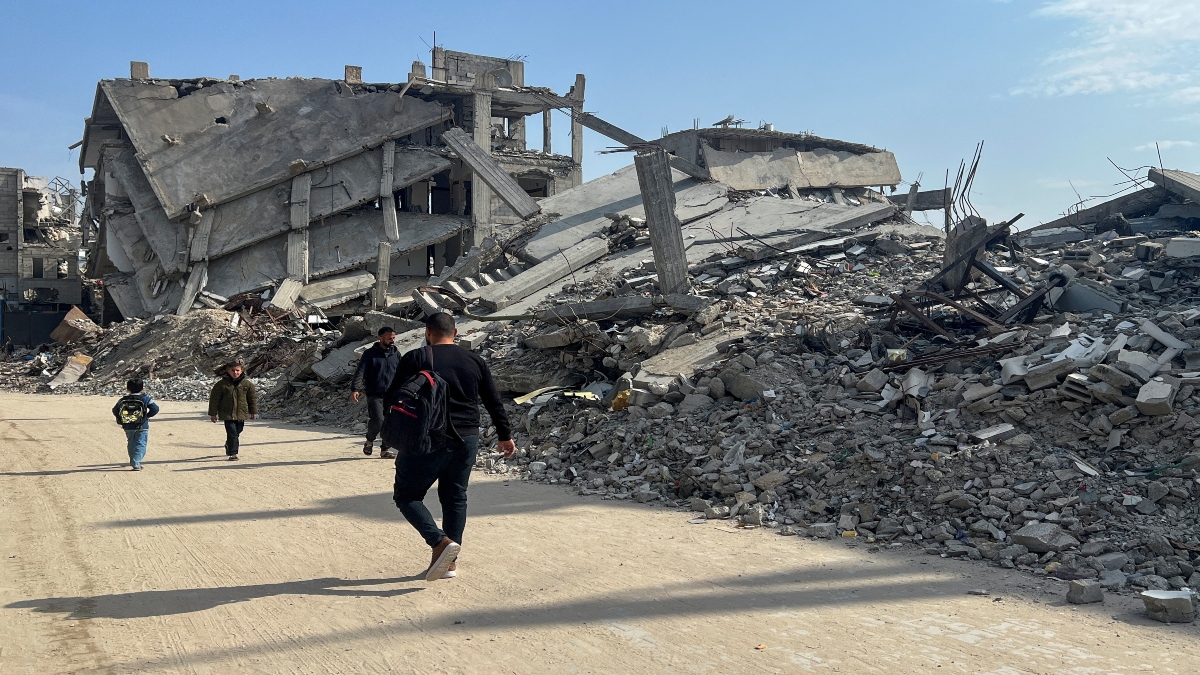Israel said on Wednesday that its forces had retaken part of a corridor that bisects Gaza, and its defence minister issued a strict warning to Hamas that attacks would intensify until the Palestinian armed group released dozens of hostages and gave up control of the territory.
The move came after the collapse of a ceasefire that had been in place since January. Israeli airstrikes on Tuesday killed over 400 Palestinians, mostly women and children, according to the Gaza Health Ministry.
The military said it had recaptured part of the Netzarim Corridor, which separates northern and southern Gaza. It had previously withdrawn from the area under a ceasefire that began in January.
Israel sent more troops to southern Gaza, raising fears of a return to full-scale war. The ceasefire had provided relief to Palestinians, allowed more humanitarian aid into Gaza, and led to the release of dozens of hostages held for over 15 months.
Within Israel, the resumption of airstrikes has raised concerns about the fate of roughly two dozen hostages held by Hamas who are believed to still be alive.
A Hamas spokesman, Abdel-Latif al-Qanou, said the advance of ground forces in Gaza was a clear sign that Israel had backed out of the truce and was reimposing a “blockade.” There have been no reports of rocket attacks by Hamas since Tuesday’s bombardment.
The United Nations said one of its employees was killed in Gaza and five others were wounded in an apparent strike on a guesthouse. It was not immediately clear who was behind the strike, the UN said.
Impact Shorts
More ShortsIsrael launches ’limited’ ground operations in Gaza
Earlier, the Israeli military said its “limited ground operation” in Gaza would create a “partial buffer between northern and southern Gaza.” It was not immediately clear whether the move would completely block Palestinians from travelling north or south through the Netzarim Corridor.
Israel used the roughly 4-mile (6-kilometre) corridor as a military zone during the war. It ran from the Israeli border to the coast, just south of Gaza City, severing the territory’s largest metropolitan area, and the rest of the north, from the south.
)